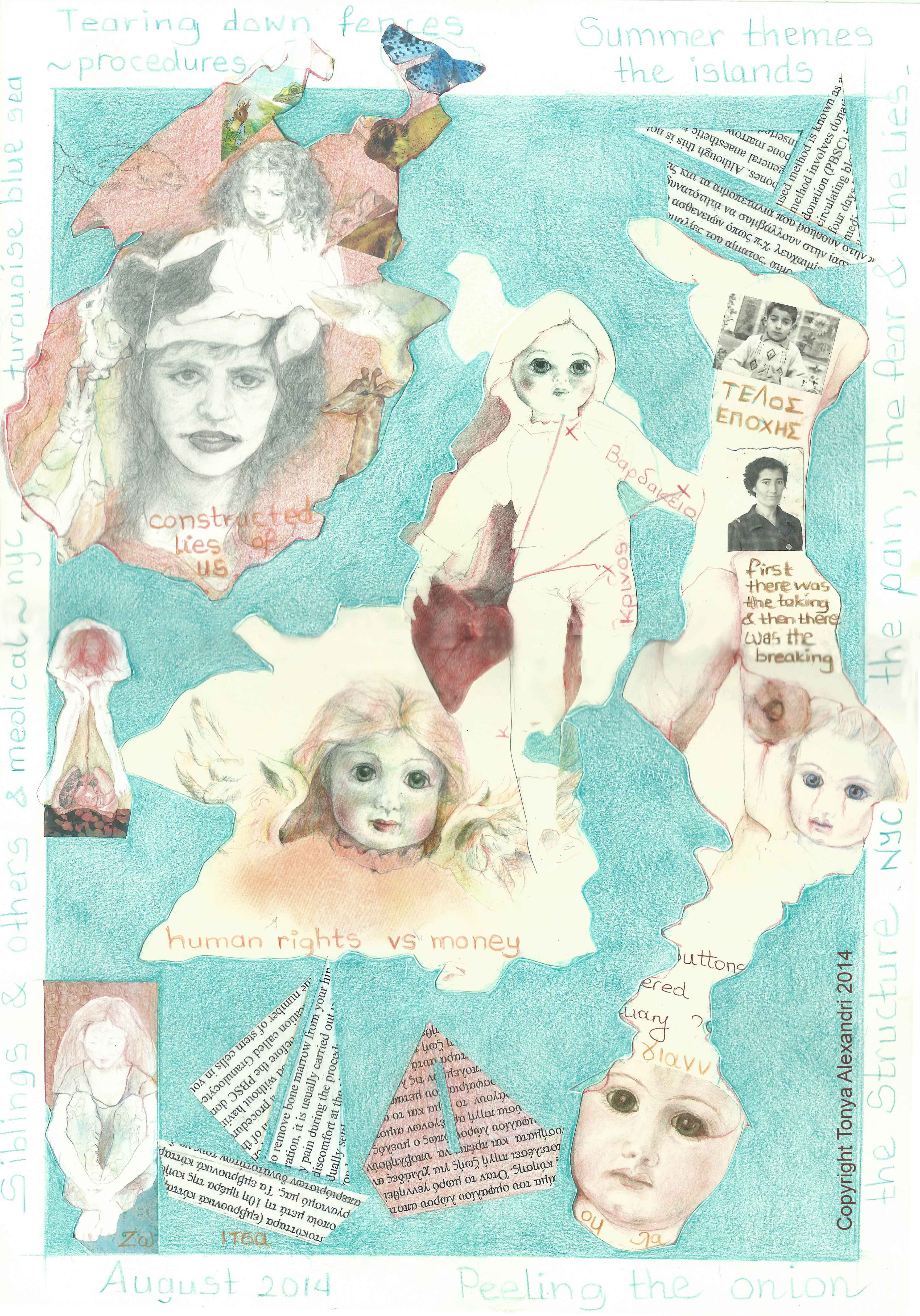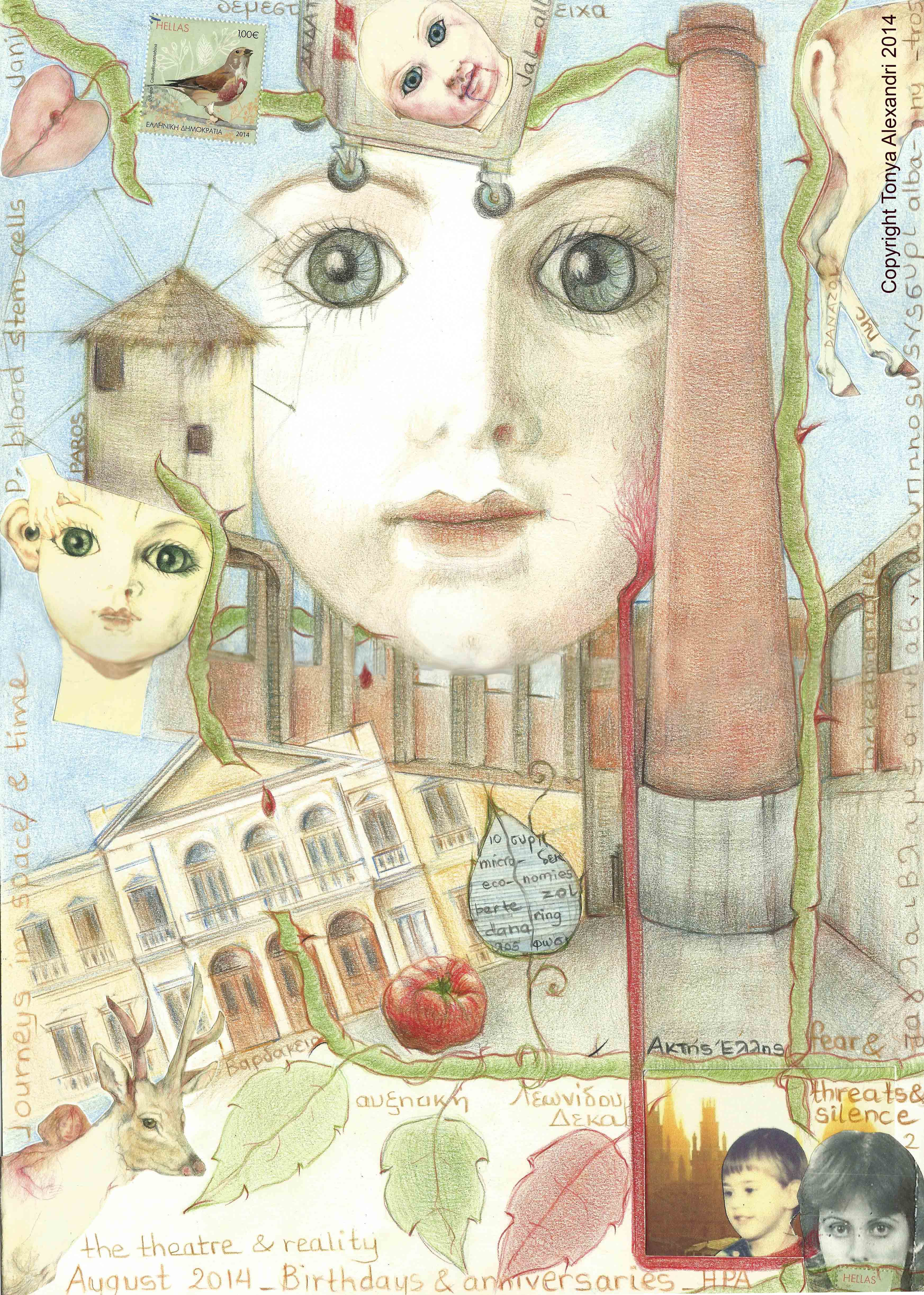Definitions of Torture
“Torture means any act by which severe pain or suffering, whether physical or mental, is intentionally inflicted on a person for such purposes as obtaining from him or a third person information or a confession, punishing him for an act he or a third person has committed or is suspected of having committed, or intimidating or coercing him or a third person, or for any reason based on discrimination of any kind, when such pain or suffering is inflicted by or at the instigation of or with the consent or acquiescence of a public official or other person acting in an official capacity. It does not include pain or suffering arising only from, inherent in or incidental to lawful sanctions.” from Article 1 of the ‘United Nations Convention against Torture and Other Cruel, Inhuman or Degrading Treatment or Punishment’, which is the internationally agreed legal definition of torture and has been accepted by 146 countries that have currently ratified the Convention http://www.apt.ch/en/what-is-torture/.
I suppose most people perceive torture as intentional infliction of severe physical or mental pain and as an experience that creates future suffering, terror and fear within the victim, which may be an individual or a population or any other group. National laws and international and regional treaties may contain broader definitions of torture, covering a wider range of situations, than the definition above from the UN convention. The Oxford dictionary defines torture as ‘the action or practice of inflicting severe pain on someone as a punishment or in order to force them to do or say something’ or as ‘a cause of great physical or mental suffering’. Another definition of torture is ‘the infliction of intense pain (as from burning, crushing, or wounding) to punish, coerce, or afford sadistic pleasure’ http://www.merriam-webster.com/dictionary/torture. Elsewhere, torture is defined as ‘consisting of severe pain or suffering, whether physical or mental, inflicted for such purposes as obtaining information or a confession, exerting pressure, intimidation or humiliation’ and it is distinguished from cruel or inhuman treatment, which consists of acts which cause serious pain or suffering, whether physical or mental, or which constitute a serious outrage upon individual dignity. Unlike torture, these acts do not need to be committed for a specific purpose, or .humiliating or degrading treatment, which consists of acts that involve real and serious humiliation or a serious outrage upon human dignity, and whose intensity is such that any reasonable person would feel outraged’ http://www.icrc.org/eng/resources/documents/faq/torture-icrc-definition-faq-2011-06-24.htm. But no matter how we define torture one thing is certain that it is an assault on the self and on one’s dignity, and also, that irrespectively of whether physical scars remain or not, mental, psychological scars are deep and long lasting. Quiroga & Jaranson (2005) write that ‘the most important physical consequence of torture is chronic, long-lasting, pain experienced in multiple sites’ and they claim that a recent study showed that ‘after ten years pain is still highly prevalent among survivors who experience diverse psychophysiologic symptoms’.
Tragically, the list of methods used to torture people is endless, but some of the most common methods of physical torture include hitting, beating, electric shocks, stretching, burns, near-drowning experiences, such as, asphyxiation, submersion, suffocation and waterboarding, which induces panic and suffering by forcing a person to inhale water into the sinuses, pharynx, larynx and trachea, rape and sexual assault. However, ‘psychological forms of torture and ill-treatment often have the most long-lasting consequences for victims, and commonly include: isolation, threats, humiliation, mock executions, mock amputations, and witnessing the torture of others’ http://www.apt.ch/en/what-is-torture/. James Jaranson (Independent Expert on International Rehabilitation Council for Torture Victims from Denmark) and Jose Quiroga (Medical Director Program for Torture Victims from California) claim that ‘the mental health consequences of torture to the individual are usually more persistent and protracted than the physical after-effects. The psychological problems most often reported are psychological symptoms (anxiety, depression, irritability/aggressiveness, emotional liability, self isolation, withdrawal); cognitive symptoms (confusion/disorientation; memory and concentration impairments); and neurovegetative symptoms (lack of energy, insomnia, nightmares, sexual dysfunction). The most frequent psychiatric diagnoses are posttraumatic stress disorder (PTSD) and major depression, which have a high level of co-morbidity. Other anxiety disorders besides PTSD, such as panic disorder and generalized anxiety disorder, are frequently diagnosed. In some samples, substance abuse is a problem. Longer-term effects include changes in personality or worldview, which are not adequately described in the diagnostic nomenclature. The socio-political context of torture and the culture of those tortured affect the way in which survivors respond to the experience. Complex PTSD and related concepts have been proposed to identify some of these responses’ (Quiroga & Jaranson, 2005). A recent study conducted by Basoglu and his colleagues (2007, cited in Quiroga & Jaranson, 2005) shows that the division of torture methods into physical and psychological methods is artificial because as far as psychological impact is concerned, both produce similar levels of symptoms. Moreover, survivors who have experienced severe abuse or torture do not suffer alone; usually their relationships suffer and their families and wider social context may be impacted, too. It is understood that ‘local society is damaged both through the trauma inflicted on its members but also through an instilled awareness that basic human rights are neither guaranteed nor respected. Freedom is not respected. People are not respected. The use of torture sends a strong warning to those within a political, social, or religious opposition, but also to normal citizens who cannot rightly claim to live in a free or safe society’ http://www.irct.org/what-is-torture/defining-torture.aspx
Furthermore, anyone can potentially be a victim of torture – ‘children as well as adults, young as well as old, religious as well as atheists, intellectuals and the uneducated alike. Nobody should be considered immune, although being a member of a particular political, religious, ethnic group or minority can very often set individuals aside as targets for government endorsed violence’ http://www.irct.org/what-is-torture/defining-torture.aspx. Amnesty International, in a worldwide survey in 2000, found that 75% of countries practice torture systematically despite the absolute prohibition of torture and cruel and inhuman treatment under international law, even though these countries have signed the CAT (Amnesty International, 2000). Finally, it can easily be understood that treatment for torture survivors ideally requires a long-term, multidisciplinary approach, since the aftermath of severe abuse or/and torture are acute and chronic, and can ‘include physical, psychological, cognitive and socio-political problems’ (Quiroga & Jaranson, 2005).
References
Quiroga J, Jaranson J. Torture in Reyes G, Elhai JD, Ford JD, The Encyclopaedia of Psychological Trauma, John Wiley & Son, Inc., 2008, pp 654-657
Tonya Kyriazis-Alexandri, August 2014
‘Power is in tearing human minds to pieces and putting them together again in new shapes of your own choosing’ (1984, George Orwell)


